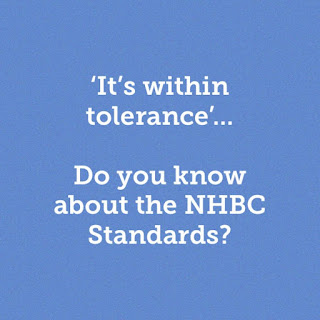Starting the conveyancing process
We instructed our solicitor once our offer was accepted. I wanted to share the next steps so others have a better idea of what to expect and what information is needed for buying a leasehold flat!
If you would like more information on the research we did when selecting the solicitor, please see this post.
Once our solicitor received our instruction, the firm emailed us the following:
1. Name of the solicitor acting for us
2. Client care letter
3. Instruction Form
4. Terms and conditions
5. Cyber Security notice
6. List of disbursements
7. Bank details
Client Care Letter
Our client care letter confirmed the following:
1. Person handling our transaction and her contact details
2. Legal fees/disbursements, which included:
a. Legal fees
b. Telegraphic transfer fee
c. Stamp duty land tax
d. Land registry fee
Don’t forget to check if the fees are inclusive of VAT. Also, our letter reminded us that this was not the full list of disbursements so it is worth asking for the list of disbursements so you have a better idea of the potential costs.
We were also informed that there would be a mortgage fee charged even if they are not instructed to act for the lender.
3. How the fee will be calculated if the transaction does not reach completion
4. Provide Anti-Money Laundering documents
We provided certified copies of the documents. They can be certified by the solicitor if you bring the original documents to them in person. Alternatively, they can also be certified by a professional person such as a bank official, chartered accountant, minister of religion or doctor as long as they are independent of you. More information on certifying documents can be found on www.gov.uk.
5. Timing
It stated that it is usual to take 4 to 8 weeks to exchange contracts and then the completion date is agreed between the parties.
For our flat, the reservation form had stated 28 days to exchange contracts from receipt of the memorandum of sale so we informed our solicitor of this which they confirmed would be fine to meet.
In the end, it took six months to complete from when we signed the reservation form.
6. Summary of next steps:
a. Sign the client care letter
b. Provide the Anti-Money Laundering documents
c. Pay the monies on account
Instruction Form
The Instruction form required the following information from us:
Personal details:
· Name
· Residential address
· Office address
· Contact details
· Date of birth
· Passport/ID number and country of issue
· National Insurance number (UK only)
· Occupation
Property details:
· Property address
· Purchase price
· Legal fee
Anti-Money Laundering documentation requirements:
· Passport
· Recent utility bill/bank statement/council tax bill (the firm did not accept credit card bills or mobile phone bills)
· Source of funds (e.g. pay slip)
Finances:
· Gross annual salary
· Who we bank with
· How we will fund the property purchase
List of disbursements
This was a list of possible disbursements. In addition to the cost of the property, these were the other fees we incurred in the conveyancing process:
· Legal fees
· Solicitor fees on mortgage
· Bank transfer fees
· SDLT form fee
· Searches
· Contribution to local authority search
· Courier charges
· Land charges
· Land registration fee*
· Seller's engrossment fee (this is stated in the contract)
· Ground rent (2 months)
· Service Charge (2 months)
· Notice of charge
*It turns out this is more expensive for new builds as it is the first registration and there are different fees depending on the purchase price of the property.
We were provided with the below table:
Land Registry Application Fee:
o £100,001 to £200,000: £95/£190 (first registration)
o £200,001 to £500,000: £135/£270 (first registration)
o £500,001 to £1,000,000: £270/£540 (first registration)
o £1,000,001+: £455/£910 (first registration)
Cyber Security
We were reminded to carry out checks before sending across money to the solicitor which included confirming the email instructions are legitimate to due to the increase in cyber crime.
As a result, if we received email instructions from our solicitor to send money, we would call the solicitor to confirm and double check the account details with them.
Tip!
You can actually ask the conveyancer or solicitor before instructing them to send across a copy of these forms and documents. I asked multiple firms when obtaining quotes and they were happy to share the documents with us.
All the best with your transaction!
Jess





Comments
Post a Comment